How the new failure to prevent fraud offence could put insurers at risk.
Subrogating Fraud, and the Perils of Profiting
Tough times raise pressure on driving income from claims processes to support beleaguered loss ratios. Insurer buyer scale can push down supplier rates, with the allowable use of retail uplift delivering valuable additional claims revenue.
However, new legislation introducing a corporate criminal offence for failing to prevent fraud adds a fresh and challenging complexity. And, unlike the failure to prevent offences in the earlier Bribery and Criminal Finances Acts, this one feels far closer to home.
When Partnerships Go Wrong
Although fraud by claims suppliers does not happen often, it isn’t unheard of. For example, imagine vehicle repairs are completed, but with fabricated damage and unnecessary repairs thrown in. Parts are billed that were not actually used, or the parts used are cheaply sourced from the grey market rather than being authentic recycled green parts. Billed to the fault insurer, it’s simple supplier fraud to the financial detriment of the victim insurer.
When Profits Become Criminal
We’ve previously seen ‘failure to prevent’ corporate criminal offences in the Bribery and Criminal Finances Acts, and overall, general insurance has felt rather removed from these legal risks.
The new Economic Crime and Corporate Transparency Act (ECCTA), and particularly the corporate criminal offence of ‘failure to prevent fraud’, feels far more likely to impact us when we consider the components of the offence: a UK nexus, a fraud offence by an associated person, a failure to prevent, and, crucially, a requirement for a benefit to have been received by the organisation.
We’d normally conclude that supplier fraud results in the organisation being the victim, with the loss materialising to that firm. But, with subrogation and retail uplift, we risk entering a dangerous world where the victim can become the beneficiary of fraud.
The Risk of Profiteering
Reconsider the supplier fraud above, with a £1,000 genuine repair cost being fraudulently inflated to £2,000. When billed to a non-fault insurer and then uplifted by, let’s say, 50% for subrogation, a £500 retail uplift on a genuine £1,000 repair cost becomes £1,000 on the fraudulent £2,000 repair. A clear profit, and the victim benefits from fraud by an associated person as a consequence.
Protecting Trust
Failing to prevent such fraud — or worse, looking the other way due to revenue or profit opportunity — looks like it falls squarely within the Act. Fortunately, the adequate procedures needed to protect organisations are nothing more than good practice fraud risk management, which we’re well attuned to delivering as insurers!
Author’s Footnote:
By the time you read this article, we expect that ECCTA Guidance will have been issued. For insurers, this has never felt more like critical reading and a call to action.
You can find our full article below or visit Modern Insurance magazine Number 68 page 45 www.moderninsurancemagazine.
